secretagentdee
Rough_Rock
- Joined
- Sep 25, 2019
- Messages
- 93
Hi I’m considering buying a lab diamond and I read there are two different methods of making them. CVD & HPHT.
Is one way better than another in regards to quality and look of stone? Also does it effect pricing?
Thanks in Advance
Is one way better than another in regards to quality and look of stone? Also does it effect pricing?
Thanks in Advance


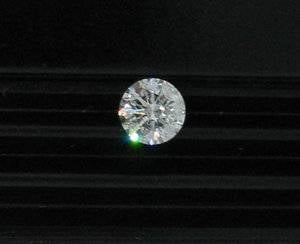
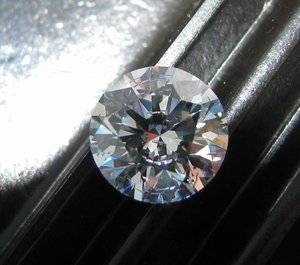
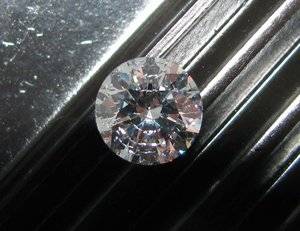
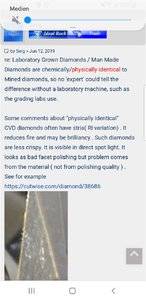
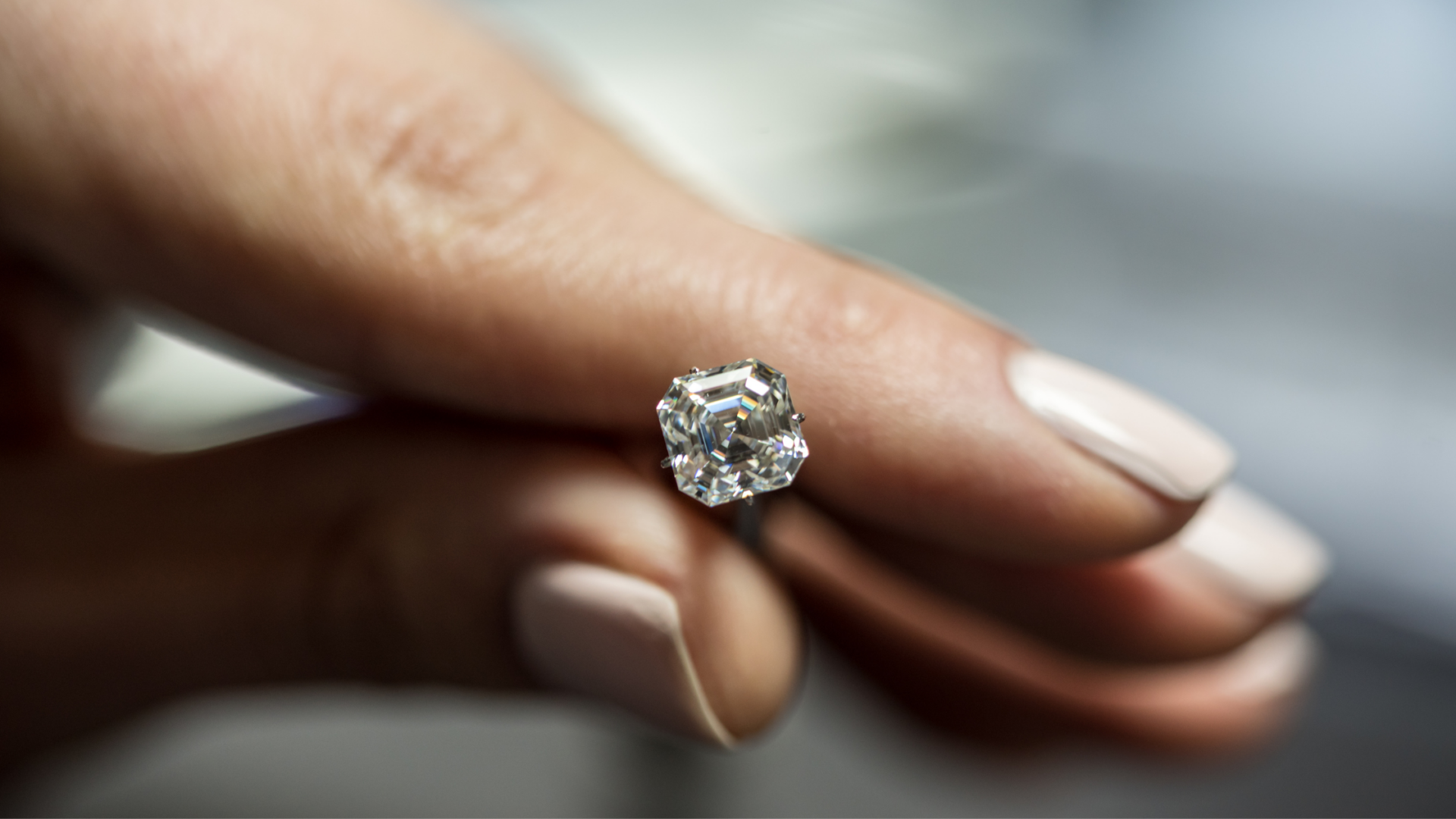

300x240.png)